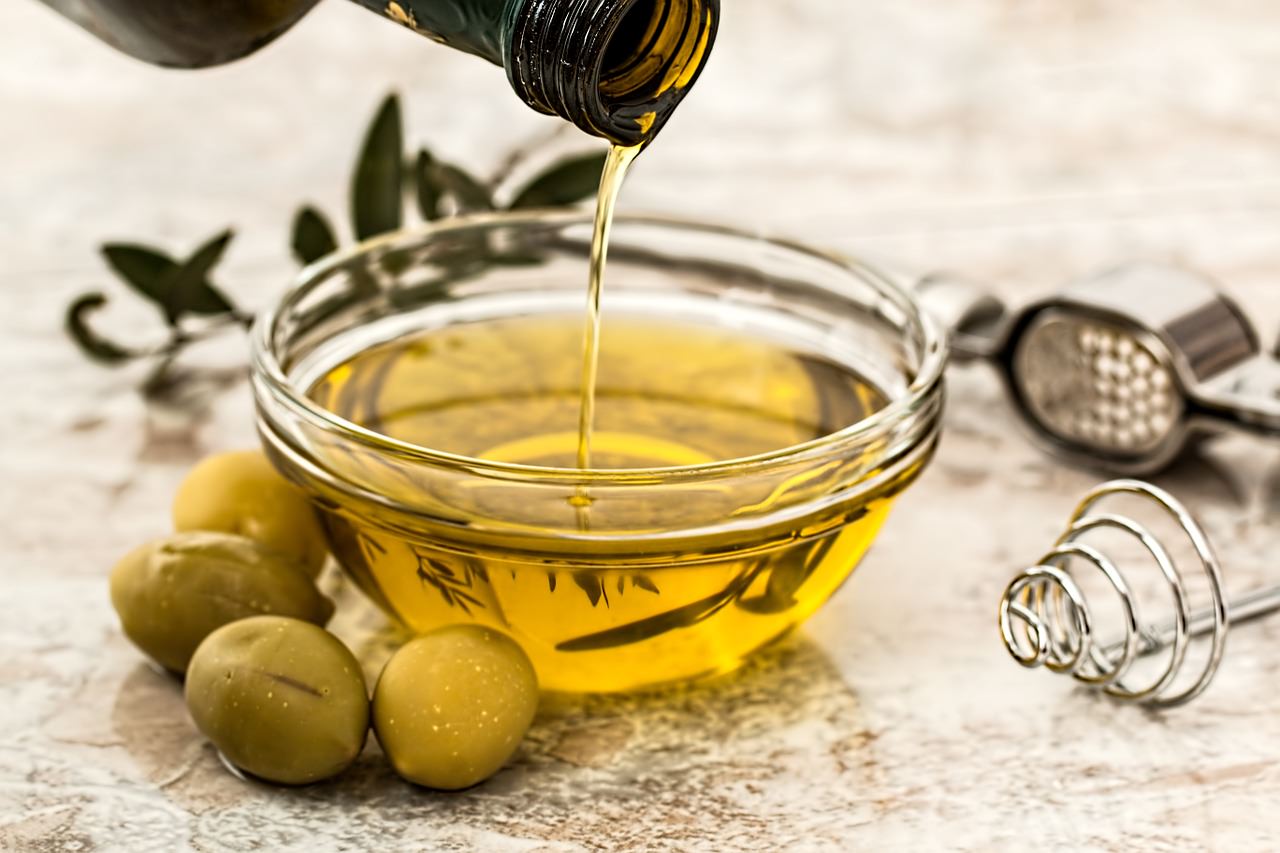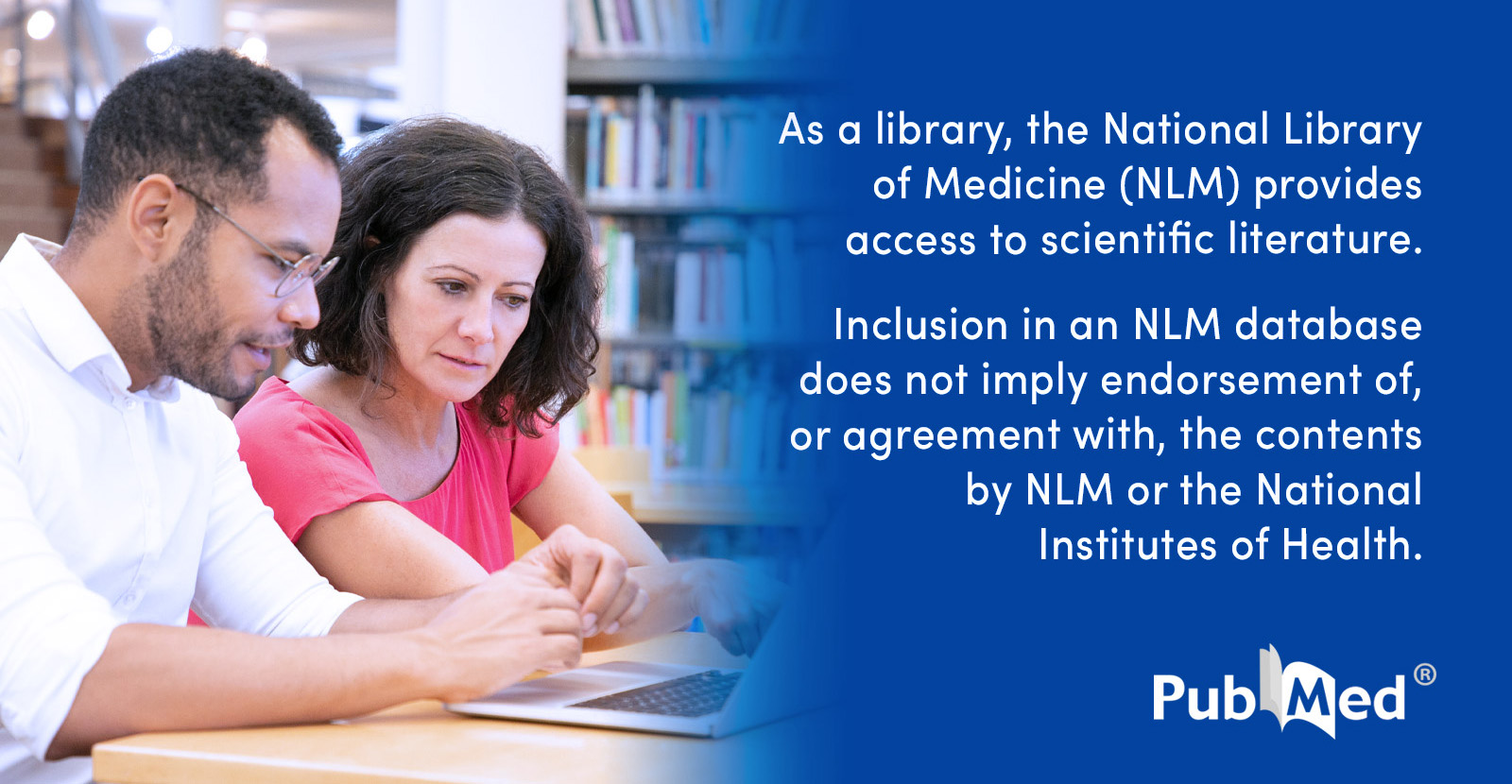- Reaction score
- 1,026
New study , Dec 2021 :
Serum Paroxonase 1 level may be an Indicator and Predictor of the Severity of Androgenetic Alopecia
"
Aim: The aim of our work is to estimate serum PON1 level in patients with Androgenetic Alopecia and correlate its levels with disease severity which may help in determining if there is a role of ROS in pathogenesis of Androgenetic Alopecia.
Subjects and methods: This study was carried out as a case and control on 40 patients with Androgenetic Alopecia (diagnosed by typical clinical and dermoscopic finding) versus 40 control subjects. Blood samples were taken from all subjects to assess serum PON1enzyme using enzyme-linked immunosorbent assay kits.
Results: There was a significant decrease in serum PON1 concentration level in Androgenetic Alopecia patients in comparison to controls, in addition, there was a significant decrease correlated with Androgenetic Alopecia severity (P < 0,001). The study proved that PON1 is considered highly sensitive and specific for Androgenetic Alopecia cases and a good predictive factor of Androgenetic Alopecia in healthy subjects.
Conclusion: This is the first study done to reveal that the level of PON1 significantly decreased in Androgenetic Alopecia patients, which may give additional proof that OS has role in the pathogenesis of Androgenetic Alopecia and hence may help in the management of Androgenetic Alopecia by adding antioxidants in treatment.
"
Serum Paroxonase 1 level may be an Indicator and Predictor of the Severity of Androgenetic Alopecia
"
Abstract
Background: Androgenetic alopecia (Androgenetic Alopecia) is a common stressful form of hair loss caused by androgen excess, genetic factors, and exposure to oxidative stress (OS) with the formation of reactive oxygen species (ROS). Paraoxonase 1 (PON1) is an enzyme synthesized in the liver bound to high-density lipoproteins to prevent lipid peroxidation.Aim: The aim of our work is to estimate serum PON1 level in patients with Androgenetic Alopecia and correlate its levels with disease severity which may help in determining if there is a role of ROS in pathogenesis of Androgenetic Alopecia.
Subjects and methods: This study was carried out as a case and control on 40 patients with Androgenetic Alopecia (diagnosed by typical clinical and dermoscopic finding) versus 40 control subjects. Blood samples were taken from all subjects to assess serum PON1enzyme using enzyme-linked immunosorbent assay kits.
Results: There was a significant decrease in serum PON1 concentration level in Androgenetic Alopecia patients in comparison to controls, in addition, there was a significant decrease correlated with Androgenetic Alopecia severity (P < 0,001). The study proved that PON1 is considered highly sensitive and specific for Androgenetic Alopecia cases and a good predictive factor of Androgenetic Alopecia in healthy subjects.
Conclusion: This is the first study done to reveal that the level of PON1 significantly decreased in Androgenetic Alopecia patients, which may give additional proof that OS has role in the pathogenesis of Androgenetic Alopecia and hence may help in the management of Androgenetic Alopecia by adding antioxidants in treatment.
"


